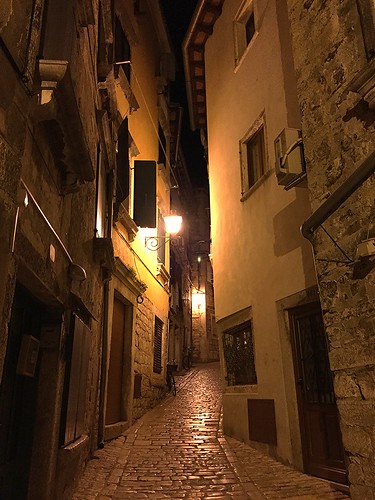In cells overexpressed with adenovirus assemble made up of catalase and MnSOD that lowers oxidant generation as nicely as in mtTFA silenced cells, E2 made much less colonies in contrast to E2 by yourself (Fig. six). Treatment method of cells with chemical ROS scavenger (Ebselen or NAC) drastically inhibited the talents of E2 or 4OHE2 to induce neoplastic transformation of MCF-10A cells as assessed by incapacity to type colonies and expand in gentle agar assays (Fig. 6). This indicates that oxidants induced by E2 and four-OHE2 are necessary for tumorigenic transformation of MCF-10A cells and when oxidant amounts ended up scavenged by biological and chemical antioxidants, estrogen induced transformation of mammary cells was inhibited. The progress of the E2-induced reworked clone was extremely responsive to E2 and was inhibited by Ebselen and N-acetyl cysteine. Antioxidants lessen E2-induced DNA synthesis and ROS formation in MCF-10AT 188968-51-6 remodeled cells (Fig. seven). These cells react to E2 in conditions of creating ROS really similar to breast most cancers cells.
Repercussions of elevated ROS in cells are apoptotic mobile death, quiescence or mobile transformation and neoplastic development [36,37] The signaling pathway linked with survival of cells under oxidative tension is attributed in part to activation of PI3K and AKT of 8 h pursuing two 48 h treatments with 4-OH-E2 (the therapy program that makes neoplastic cell transformation) we observed a important increase in the mRNA expression of PRC1, Cdc2, NRF-1 and PCNA (Fig. thirteen). We then established whether four-OHE2-induced expression of mobile cycle genes was modulated by oxidants. MCF-10AT reworked cells were pretreated for two h with the anti-oxidants ebselen (20 mM) and NAC (10 mM) adopted by a eight h 4-OH-E2 treatment method. As revealed underneath in Fig. 13, true-time PCR evaluation showed that overexpression of MnSOD and catalase as well as co-treatment method with Ebselen and NAC markedly inhibited 4-OH-E2 induced PCNA expression (Fig. 13A) when compared to four-OH-E2 treatment on your own. Similarly, overexpression of catalase that detoxifies hydrogen peroxide significantly inhibited four-OH-E2induced expression of Cdc2, PRC1 and NRF1(Fig. 13B). Following, we evaluated whether or not the oxidant-dependent expression of cell cyclin genes was a operate of AKT dependent signaling. We found that silencing of AKT1 substantially inhibited 4-OHE2 induced expression of the mobile cycle gene, PCNA (Fig. 13A).
17 b-Estradiol (E2) and its metabolites differentially activate PI3K/AKT signaling 19841470pathway throughout mammary transformation. A. Estrogen-induced PI3K phosphotylation. B. Estrogeninduced AKT phosphotylation. MCF-10A cells were uncovered to a carcinogenic program of E2 and its metabolites 2-OH-E2 or 4-OH-E2 as explained in the legend of figure 2. At the stop of transformation method, cells have been treated for additional thirty minutes with E2, two-OH-E2 or four-OH-E2, respectively. The cellular extracts from dealt with and controls cells had been immuno-precipitated with PI3K or AKT certain monoclonal antibodies and followed by Western detection of PI3K or AKT phosphorylation utilizing phosphor-threonine antibody.
We existing proof listed here for the initial time that reactive oxygen species (ROS) induced by repeated exposures to 4-hydroxyestradiol, a predominant catechol metabolite of  17 b-estradiol, brought on malignant transformation of immortalized human mam-signaling pathways [379]. Therefore, we identified whether estrogen induced oxidants in typical mammary epithelial cells activate PI3K and AKT signaling pathways during neoplastic transformations of MCF-10A. We located that repeated remedies of MCF-10A cells with E2 and 4-OHE2 increased phosphorylation of the two PI3K and AKT in cells treated with program of estrogen which created cell transformation (Fig. 9).
17 b-estradiol, brought on malignant transformation of immortalized human mam-signaling pathways [379]. Therefore, we identified whether estrogen induced oxidants in typical mammary epithelial cells activate PI3K and AKT signaling pathways during neoplastic transformations of MCF-10A. We located that repeated remedies of MCF-10A cells with E2 and 4-OHE2 increased phosphorylation of the two PI3K and AKT in cells treated with program of estrogen which created cell transformation (Fig. 9).
